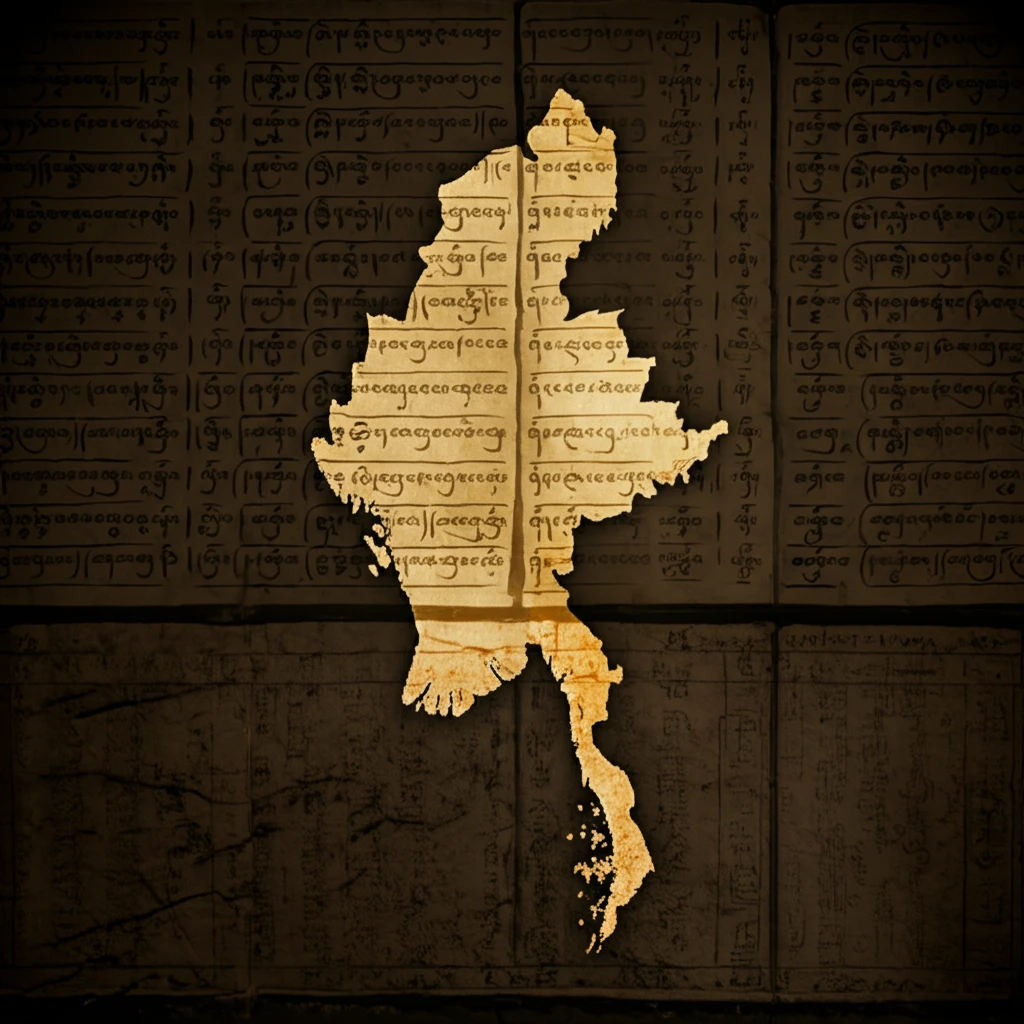
Unearthing Arakan: How New Studies Rewrite the History of Burma
"Explore how groundbreaking research is challenging long-held assumptions about Arakan's role in Southeast Asian history and its connections to neighboring regions."
For centuries, the region bordering the Bay of Bengal has been a melting pot of cultures, economies, and religions. Within this vibrant zone lies Arakan (Rakhine), a region whose historical significance has often been overshadowed or viewed through a limited lens. Traditionally, Arakan's story has been told from the perspective of European colonial powers or through Indo-Persian records, leaving a gap in our understanding of its local nuances.
Now, a new wave of scholarship is emerging, aiming to rectify this imbalance. By delving into vernacular and Indic language documents produced within Arakan itself, researchers are uncovering a wealth of information that promises to rewrite the region's history. This fresh perspective challenges established narratives and sheds light on Arakan's intricate connections with its neighbors.
This article explores how these new studies are reshaping our understanding of Arakanese history. By examining epigraphic, numismatic, and manuscript archives, we'll uncover the hidden connections, challenge existing narratives, and gain a more nuanced appreciation of Arakan's role in the broader Southeast Asian context.
Why Arakan's History Needs a Rewrite: Overcoming Neglect and Unearthing Local Voices

The relative neglect of Arakanese sources has led to a skewed understanding of the region's past. The lack of attention to local cultural production—inscriptions, manuscripts, and archaeological evidence—has perpetuated a narrative largely shaped by external perspectives. This isn't due to a lack of local materials; rather, it stems from the ongoing neglect of Arakan and Arakanese archives by preservationists, archaeologists, and historians, both within and outside Burma.
- Inscriptions: These provide direct evidence of political events, religious practices, and social structures.
- Manuscripts: Offering insights into literature, law, and religious beliefs.
- Archaeological Finds: Providing tangible evidence of past settlements, trade networks, and artistic traditions.
A New Chapter for Arakanese History
The ongoing effort to uncover and interpret Arakanese sources represents a significant step forward in our understanding of Southeast Asian history. By amplifying local voices and challenging colonial narratives, these new studies are paving the way for a more inclusive and accurate portrayal of Arakan's past. As research continues, we can expect further revelations that will continue to reshape our understanding of this fascinating region.
